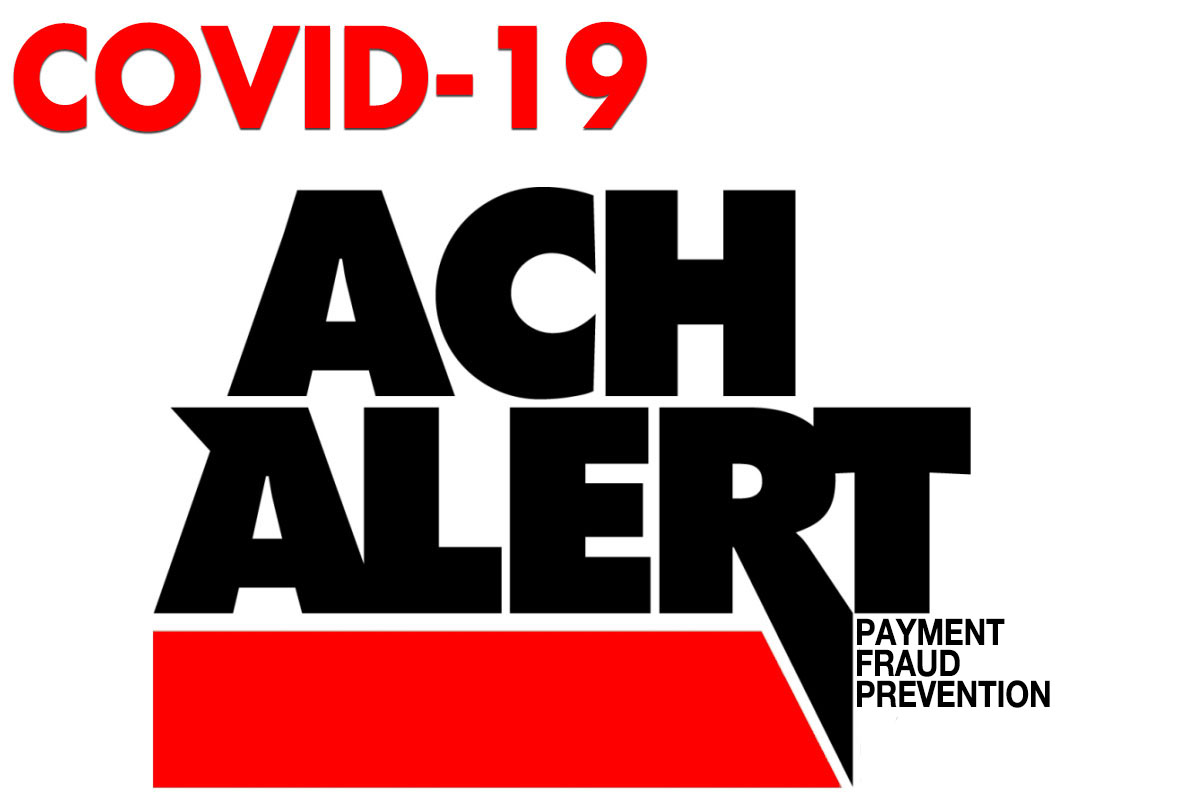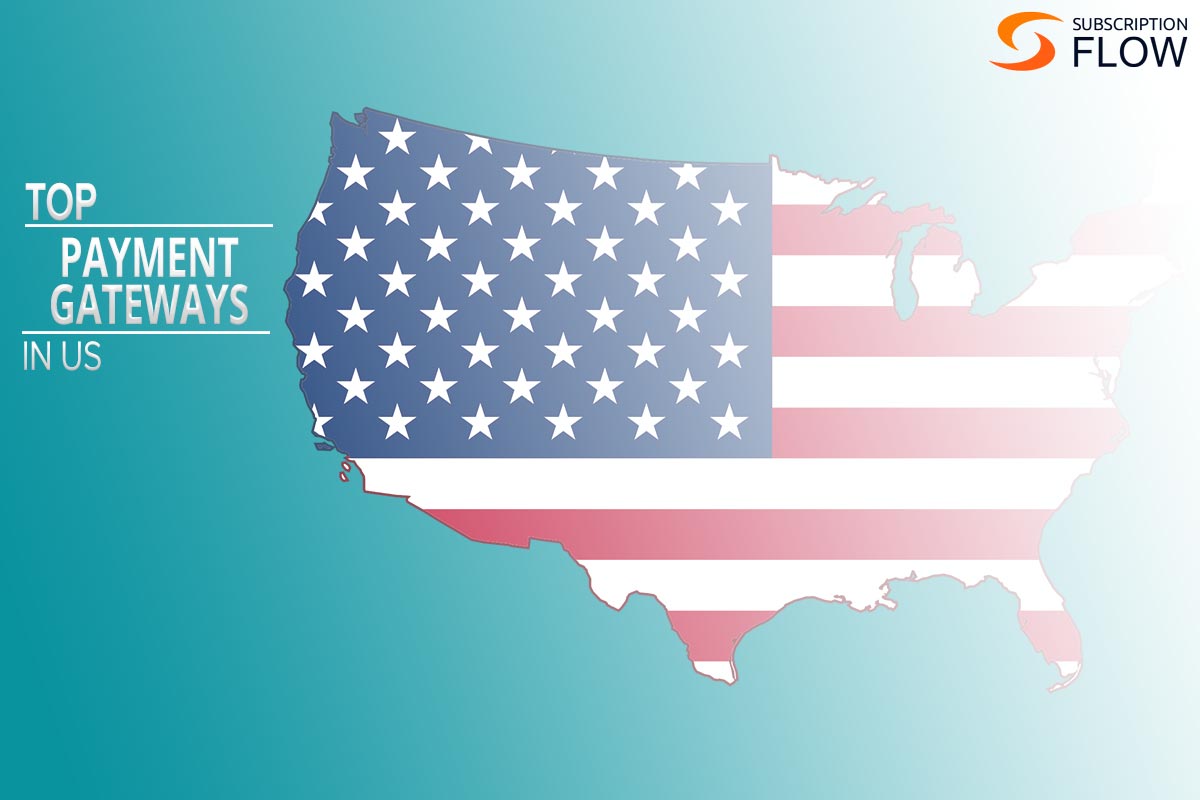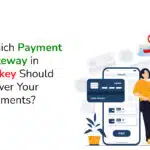
Online Payment Frauds—Types, Challenges, Detections, & Preventions
Online shopping or e-commerce has revolutionized in the sales and retail industry with the online payment system. The subscription-based business model further gave rise to businesses and services to make a recurring billing system run through online payments and processing.
Online transactions eventually paved the way for the money to get digitalized. It is estimated that by the end of 2023, more than 70 percent of the money all over the world will be digitalized.
With this huge influx of online buyers, subscribers, and customers, businesses from every industry established online payment systems for their products and services. Hence, more and more payment gateways or payment providers are made available to support online transactions. On the other hand, the online payment fraud market has also become a whooping and a prevalent business.
The fraudsters advance their technology and tactics as much as the payment providers and payment systems are getting efficient.
This article will overview the online fraudulent tricks, types, the associated challenges with unsafe payment processing for the online sellers and ventures, and the must-take measures to mitigate the risks for online payment fraud prevention:
To begin with the basic and accurate understanding of online payment fraud or online fraudulent payment, it is important to learn about the types of Payment. Based on the availability of the card, online payments are of two types:
- Online payment made through the card at POS (Point-of-Sales)
- Online payment made without a card using the card details at any payment gateway
What is Online Payment Fraud?
Online payment fraud can be occurred either way—with a card or without. But, the most lethal that incurs the heavy loss and stress to the cardholders and online merchants alike are online payment made without a card, using card details.
Any sort of illegal online transaction performed by cybercriminals using any of the following ways can be termed Online Payment Fraud:
- Unauthorized online payment transactions
- False demand for refund or cashback
- Losing merchandise against non-processing of payment with the charge of fake or false charging for the payment
Who are the Preys of the Online Payment Fraudsters?
Online fraud payments can dent the parties on both sides—The User & The Seller.
Users
Fraudulent payments by any means can cost users quite more than the loss of money only.
First, they lose their money along with card and payment details.
Second, their data and other sensitive stolen data can be manipulated for other cybercrimes.
Third, and foremost, they have to go through the struggle and stress to report the payment fraud and get the payment method blocked or stopped from being used.
Sellers/Merchants
On the other hand, it equally causes trouble for online merchants i.e. sellers, retailers, services, and all the other businesses that provide online payment facilities for fast and convenient payment collection.
The online payment fraud looms following threats to the seller on the receiving end of the online fraudulent payments:
- Chargebacks & Refunds
- Chargeback Fee
- Loss of Merchandise
- Loss of Customer Loyalty
And the Company’s Credibility
What are the Different Types of Online Fraud?
Before digging more into the consequences of online payment fraud, we must know about the different types of payment frauds that wreak havoc to the digitalization of the money. Some of the most common types of online fraud include:
Identity Theft where the cybercriminals steal the personal sensitive data and payment details and use it for online fraudulent payments.
Friendly Fraud is not friendly in the real world. It is a trick used by the real cardholder to deceive the seller by the false claims of not receiving the purchased goods or damaged product report and asks for a refund.
Triangulation Fraud, also known as phishing, is the type of fraud where the seller creates fake and malicious sites to entice customers with fake products and to collect their credit card details to make further fraudulent transactions in the future.
How Is It Challenging the Online Merchants?
As per the current terms and policies, the banks do not consider the cardholders liable for any fraud payments. In fact, in Europe, the merchants are considered, legally, responsible for any loss incurred on customers due to online fraudulent payment.
Merchants using retail or subscription services are on the front-line of online payment frauds. Some of the major risks associated with online fraud payments are chargebacks and unauthorized payments.
Due to the heavy losses of finance and revenue every year, online fraudulent payments and false transactions are threatening the merchants’ bottom line everywhere, particularly, businesses with a subscription model.
Subscriptions essentially need credit cards for recurring billing operations. Anyone can claim for over-pricing or false deductions and can claim a refund, called a chargeback. This chargeback results in the loss of revenue as well as the inventory. Similarly, businesses offering subscription or membership services often offer free trial against a small fee hence the unauthorized payments go unnoticed by the cardholder.
How to Detect Online Fraudulent Payments Risks?
When the online transactions in a day range in one-digit, the online seller or merchant can consider manual detection but, with the online transactions in a huge number and the cybercriminals’ efficiency of seamless impersonation do not allow you to take the risks of not considering an efficient and hi-tech way to detect these frauds.
Using machine learning or Artificial Intelligence is the best way to detect these tricks and gimmicks. AI-enabled tools power the payment system with hybrid analytics to detect and analyze the risks associated with online payments. Some of the major transactional and customers behaviors used for online transaction fraud detection include:
- Spikes In Transactional Activities
- Exceeding Thresholds
- Out Of Area Or Unusual Payment Attempts
- Cross-Border Activities
- Changing Purchase Patterns
- Credit History
- IP Address Differences
- Other Fraudulent Patterns
How to Minimize or Prevent Online Payment Fraud?
The integration of powerful and efficient payment processors, also called payment gateways is the way to mitigate online fraud payment risks. Using the following online payment fraud prevention methods, payment gateways reduce the chances of fraud payments.
These are:
- Address Verification Service (AVS)
- Card Verification Value (CVV)
- Device Identification
- Flag Large Transactions
- Payer Authentication (3-D Secure)
- Lockout Mechanisms
- Risk Scoring
- Tokenization
- Encryption
With the advancement of technology and the origin of billing and payment management, several ways can be used to minimize the aftermath of the online fraudulent payment. Our Subscription and Recurring Billing Management Software is a simple, secure, and extensible platform that automated the AI-enabled recurring billing and payment processing through the integration of secure payment gateways. So, your subscription revenue remains safe and its analytics allow merchants 24/7 run-time recurring revenue monitoring to detect any leakages due to the online frauds payments or churn.










